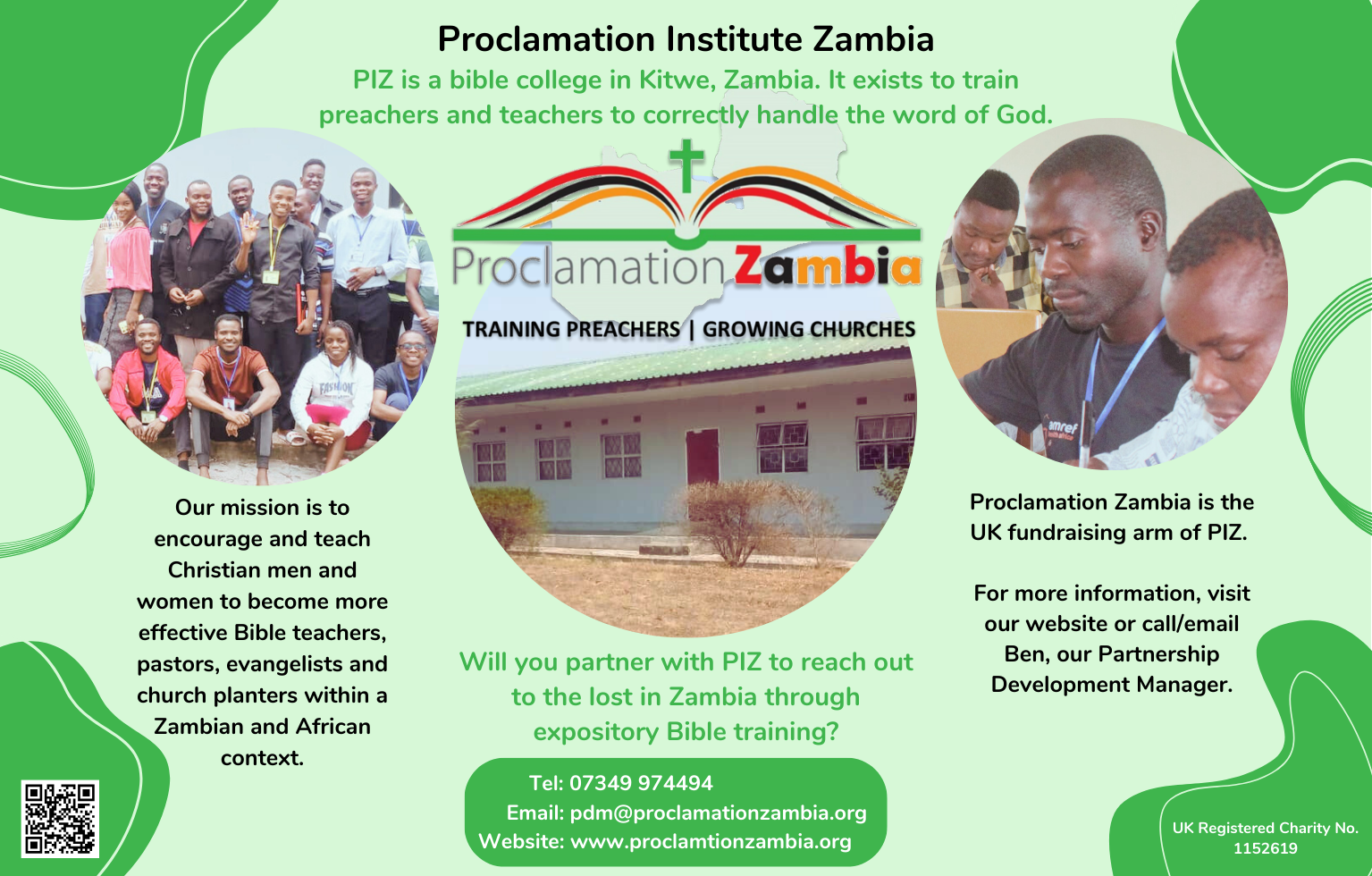3. Contemplative prayer
The heart and soul of mysticism, Christian or otherwise, is the art of meditation or contemplation. Contemplative prayer (also known as ‘centring prayer’ and ‘breath prayer’) is rapidly gaining popularity and acceptance in evangelical circles, so it is vital that we understand exactly what is being promoted and why we are concerned.
First we must distinguish between normal prayer, which is found and recommended throughout Scripture, and ‘contemplative prayer’ which is not. Prayer is communication with God. The Lord speaks to us through his Word while we speak to him in prayer. Such prayers are rational, intelligent and flow from our minds.
Paul said that he would pray with his spirit
andwith his mind also (1 Corinthians 14:15) — not one to the exclusion of the other. In prayer we make our requests known to God (Philippians 4:6), praise him for his known attributes, and confess specific sins (1 John 1:9). But gibberish, mindless or wordless prayers are not found in the Word, whatever some may assert.
What is it?
So exactly what is contemplative prayer? It is not of the scriptural variety but has its origin among mystics. Often simply called ‘meditation’, it is the essence of Hinduism and Buddhism.
It begins with detachment. Richard Foster writes falsely, ‘Christian meditation is an attempt to empty the mind in order to fill it’.1 Fill it with what? In Eastern religions a person empties his mind in order to become one with the universe (or the Cosmic Mind). Christian mysticism empties the mind in order to become one with God, who is found in ourselves (remember Meister Eckhart’s ‘divine spark’ within the soul of each human being).
Foster quotes Russian mystic Theophan the Recluse: ‘To pray is to descend with the mind into the heart, and there to stand before the face of the Lord, ever-present, all seeing, within you’.2
The constant theme of the mystic is that union with God is found
within usthrough contemplative prayer. St Teresa of Ávila states, ‘As I could not make reflection with my understanding I contrived to picture Christ within me’3 and again, ‘Settle yourself in solitude and you will come upon Him in yourself’.4
Imagination
Such statements show why the mystics were accused of pantheism. Silence is a noted feature of contemplation. Catherine de Haeck Doherty writes, ‘All in me is silent and … I am immersed in the silence of God’5, while Francis de Dales notes, ‘by means of imagination we confine our mind within the mystery on which we meditate’.6
Imagination is highly important to the mystics. Since, as Teresa says, the understanding is not engaged, mystics are hung out in thin air and must make contact with God through imagination rather than their rational minds.
Foster tells us, ‘We are to live in a perpetual, inward, listening silence so that God is the source of our words and actions’.7 So, through contemplative prayer a person is to empty his mind (
detach) then fill it with imaginative experiences of Christ (attach). As a result (they say) God becomes the source of our words and actions.
Techniques
The techniques used are identical to those of Eastern religions — familiar to many through media presentations of yoga and transcendental meditation (TM). Gary Thomas gives these typical instructions:
‘Choose a word (Jesus or Father, for example) as a focus for contemplative prayer. Repeat the word silently in your mind for a set amount of time (say, twenty minutes) until your heart seems to be repeating the word by itself, just as naturally and involuntarily as breathing. But centring prayer is a contemplative act in which you don’t do anything; you’re simply resting in the presence of God’.8
So the key to this experience is the repetition of words or short phrases — a mantra.
Richard Foster suggests a number of methodologies: ‘I find it best to sit in a straight chair, with my back correctly positioned in the chair and both feet flat on the floor … Place the hands on the knees, palms up in a gesture of receptivity. Sometimes it is good to close the eyes to remove distractions and centre the attention on Christ. At other times it is helpful to ponder a picture of the Lord or to look out at some lovely trees and plants for the same purpose’.9
Stop thinking about God
Brennan Manning gives these instructions in his book,
The Signature of Jesus: ‘The first step in faith is to stop thinking about God in prayer … Contemplative spirituality tends to emphasize the need for a change in consciousness … we must come to see reality differently … Choose a single, sacred word … repeat the sacred word inwardly, slowly and often … Enter into the great silence of God. Alone in that silence, the noise within will subside and the Voice of Love will be heard’.10
The repetition of the mantra produces a blank mind. With the mind blank and the heart open to whatever voices, visions or imaginations may come, the individual enters the mystical state so prized in mysticism. Foster bids us ‘enrol as apprentices in the school of contemplative prayer’.11 By contrast, we search in vain for any such instruction in the Scriptures.
We do, however, find this type of contemplation at the heart of Eastern religions. It is revealing that a book recommended by Foster is entitled
Poustinia: Christian spirituality of the East for Western man.12 This leaves little doubt about the source for this type of prayer.
But is it biblical?
Nowhere does Scripture promote the mysticism that we have been examining. Author Winfried Corduan would not take as strong a stand on the Scriptures as we would, and would even see a mild form of mysticism as valid for the Christian. Yet in his book,
Mysticism, an Evangelical option?he writes:
‘The Scriptures nowhere teach that God gives us any knowledge through “spiritual experience”. Knowledge of spiritual matters is always linked to God’s propositional revelation, the written Word’.13
Corduan sounds an important alarm. Mysticism, both ancient and modern, is chock full of supposed revelations from God. Indeed, this is the draw — God will personally meet you in your soul and communicate things not found in Scripture. ‘Christian meditation, very simply, is the ability to hear God’s voice and obey his word’, Foster tells us.14
This is no slip of the pen. Foster is not advocating listening to the voice of God in biblical revelation. He is not even equating ‘his word’ with the Bible. He is speaking of hearing God’s voice outside of the Scriptures and obeying that revelation. This is one of the greatest dangers of mysticism.
By contrast, New Testament spirituality resides in regeneration and the indwelling and enabling power of the Holy Spirit — all based on the propositional revelation of Scripture. If God had wanted us to encounter him through mystical practices such as contemplative prayer, why did he not give examples and instructions?
How could the Holy Spirit inspire the writing of the Scriptures yet forget to include a chapter or two on mysticism, spiritual exercises and meditation of the Eastern variety?
Promoters of mysticism
If the mystical practices that we have been describing were confined to some small Christian subculture we would have spent far too much time addressing them. But unfortunately they have moved mainstream.
More and more organisations, colleges, seminaries and authors are proclaiming the superiority of mystical Christianity — especially to the young. For example, in the late 1990s the highly influential ‘Youth Specialties’ ministry and the San Francisco Theological Seminary teamed up to develop an approach to youth ministry which incorporates contemplative practices.
Youth Specialties have now incorporated contemplative prayer and mysticism in their annual pastors’ conferences and national youth conventions that reach over 100,000 youth workers each year.
Christianity Today’s
sister publication Christian Parentingrecently published an article promoting the Lectio Divina (an ancient four-step form of contemplative prayer) for young people.
‘Christian’ singers such as John Michael Talbot boldly endorse contemplative prayer as well as Eastern practices such as Tai Chi and yoga. Without question, former Catholic priest Brennan Manning is steeped in mysticism — yet Philip Yancey considers him a good friend and evangelical publishers Multnomah and NavPress publish his books.
Mysticism and contemplative prayer is seeping into Evangelicalism from many sources and a deluge could well follow. We need to be prepared to defend the faith against this highly dangerous perversion of biblical Christianity.
References
1-7. Richard Foster,
Celebration of Discipline, (New York: Harper Collins, 1998) pp. 15, 19, 25, 96, 102, 25, 166, respectively.
8. Cited in James Sundquist, Who’s Driving the Purpose Driven Church?(Bethany, OK: Rock Salt Publishing, 2004) p.93.
9. Richard Foster, loc. cit. p.28.
10. Cited in Ray Yunger, A Time of Departing, (Silverton, Oregon: Lighthouse Trails, 2002), p. 84.
11-12. Richard Foster, loc. cit. pp. 15, 107 respectively.
13. Winfried Corduan, Mysticism, an Evangelical Option?(Grand Rapids, Michigan: Zondervan, 1991) p.120.
14. Richard Foster, loc. cit. p.17.





